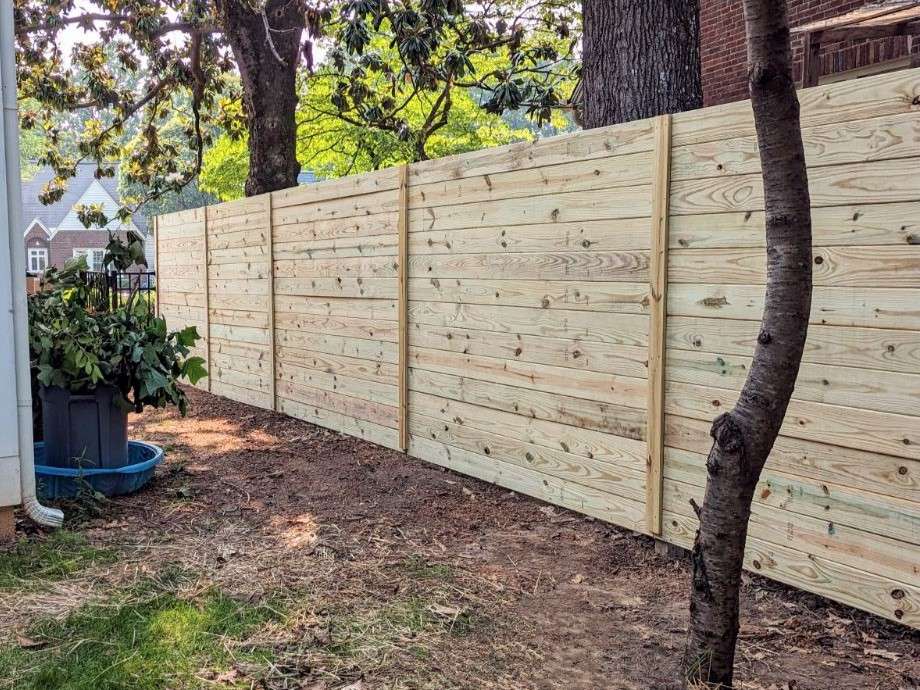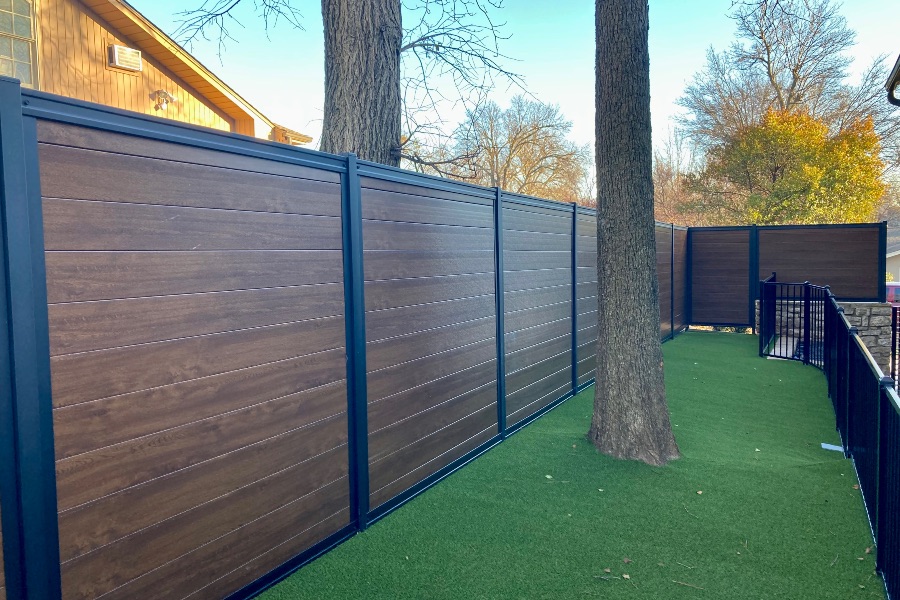All Categories
Featured

When it comes to choosing the very best fence material for longevity, functioned iron stands apart as one of the most trustworthy and lasting choices readily available. Understood for its strength, visual charm, and capability to endure different climate condition, wrought iron is a prominent choice for both domestic and commercial homes. However how does it compare to other fence materials in regards to long life and performance? Allow's take a more detailed consider functioned iron secure fencing and exactly how it compares to choices like timber, light weight aluminum, and plastic.
Stamina and Durability of Wrought Iron Fencing. Wrought iron is a strong, heavy-duty product that's created to last for decades, if not longer. Unlike many various other fencing choices, functioned iron can endure extreme environmental problems, consisting of extreme warm, heavy rain, and also solid winds. This makes it a superb choice for properties found in locations with unforeseeable weather. Because it is a steel, functioned iron is not vulnerable to the deterioration that timber fencings commonly experience, such as rotting, bending, or insect invasions.
Longevity: Wrought iron fences are extremely challenging and can endure effects and various other forms of physical stress that might damage various other products. When effectively preserved, they can last for 50 years or even more, making them a financial investment that will certainly supply long-term value.
Wrought Iron vs. Wood Fence. Wood fencings, while typical and cosmetically pleasing, usually require even more upkeep and have a shorter lifespan contrasted to functioned iron. Wood is susceptible to rot, termites, and weathering with time, all of which can compromise its structural honesty. On top of that, timber fences might require to be replaced or repaired every 10 to twenty years, depending on the environment and the type of timber utilized.
Maintenance: While wood fences need to be routinely treated with spots, paints, or sealers to maintain their look and durability, wrought iron fencings normally require a lot less maintenance. They may require periodic cleansing or repainting to protect against corrosion, specifically in damp or coastal areas, yet they won't struggle with the exact same kinds of destruction as timber.
Durability: While a properly maintained wooden fencing might last 20 to 30 years, wrought iron can go beyond that lifespan by numerous decades, making it a much more resilient selection in the future.
Wrought Iron vs. Vinyl Secure fencing. Plastic fencing has actually come to be a popular choice to timber as a result of its reduced upkeep and resistance to the elements. Unlike timber, plastic doesn't rot or warp, and it does not need to be painted or dealt with. Plastic can become breakable over time, specifically in areas with harsh winters months or severe UV exposure. It might break or break under stress, such as from a serious storm or a hefty impact.
Toughness: While plastic is immune and rather durable to rot and fading, it still can't match the long-term toughness and toughness of functioned iron. A vinyl fence could last around 20 to thirty years, depending on environmental variables, but it lacks the structural integrity that functioned iron gives.
Upkeep: Plastic needs very little maintenance contrasted to wood, yet it can still fade with time, particularly in locations with extreme sunlight direct exposure. Wrought iron might need periodic rust avoidance treatments but typically requires fewer interventions than plastic.
Wrought Iron vs. Aluminum Fence. Light weight aluminum is an additional metal choice to wrought iron, and while it shares some of the sturdiness qualities of functioned iron, it is generally less solid and sturdy. Light weight aluminum is a lot more light-weight and resistant to corrosion and deterioration, making it a popular option for low-maintenance fence. However, it's not as solid as wrought iron and might be a lot more prone to nicking or bending under pressure.

Longevity: Wrought iron is significantly more powerful and more sturdy than aluminum. While aluminum fences can last for several decades, they might not stand up also in high-impact or high-traffic areas. In comparison, wrought iron is much more resistant to physical damages and can better hold up against pressure and force.
Upkeep: Both wrought iron and aluminum fencings require some maintenance, mostly to stop corrosion. Light weight aluminum is much less likely to rust than wrought iron, making it an extra low-maintenance choice in locations with high humidity or seaside salt direct exposure.
Last Ideas: Wrought Iron's Sturdiness Advantage. Wrought iron stands out as one of one of the most sturdy secure fencing materials offered, outperforming wood, vinyl, and aluminum in regards to strength, longevity, and overall efficiency. While it does call for periodic upkeep, specifically to avoid corrosion, its capability to endure extreme climate conditions, physical anxiety, and the examination of time makes it a superb investment for homeowners and organizations searching for a long-lasting, protected fencing remedy.
For those who prioritize toughness and long life above all else, wrought iron is an unsurpassable selection. Whether you're protecting a property, boosting the appearance of your backyard, or offering safety and security for a business website, functioned iron secure fencing will provide years of resilience and aesthetic appeal that couple of other materials can match.
Latest Posts
Specialist Residential Roof Covering Solutions You Can Trust Fund
Published May 23, 25
1 min read
Expert Residential Roof Covering Solutions You Can Count On
Published May 23, 25
1 min read
Explore Reduce Expenses on Car Maintenance with Montclare Auto Repair’s Special Deals
Published May 23, 25
1 min read
More
Latest Posts
Specialist Residential Roof Covering Solutions You Can Trust Fund
Published May 23, 25
1 min read
Expert Residential Roof Covering Solutions You Can Count On
Published May 23, 25
1 min read
Explore Reduce Expenses on Car Maintenance with Montclare Auto Repair’s Special Deals
Published May 23, 25
1 min read